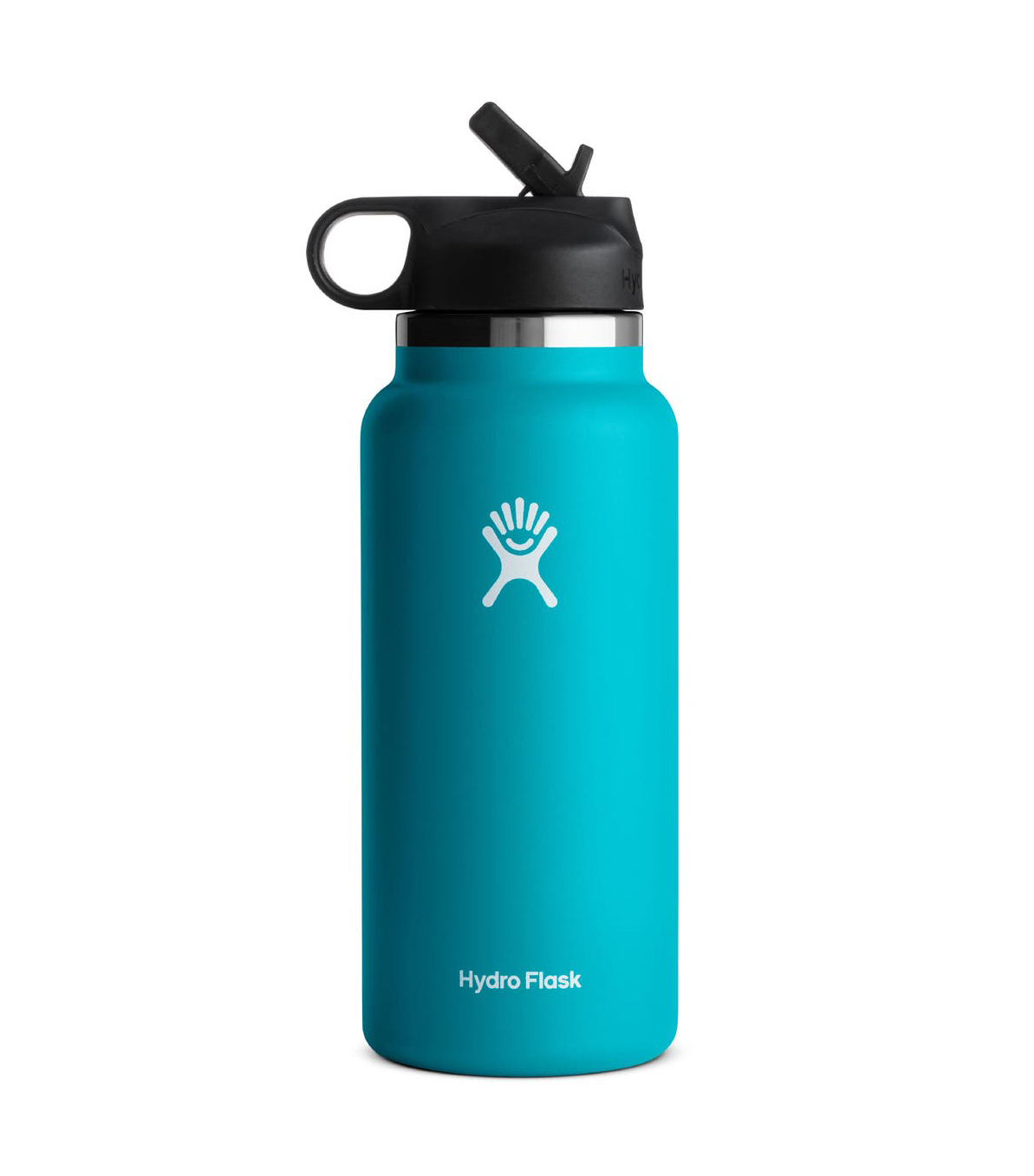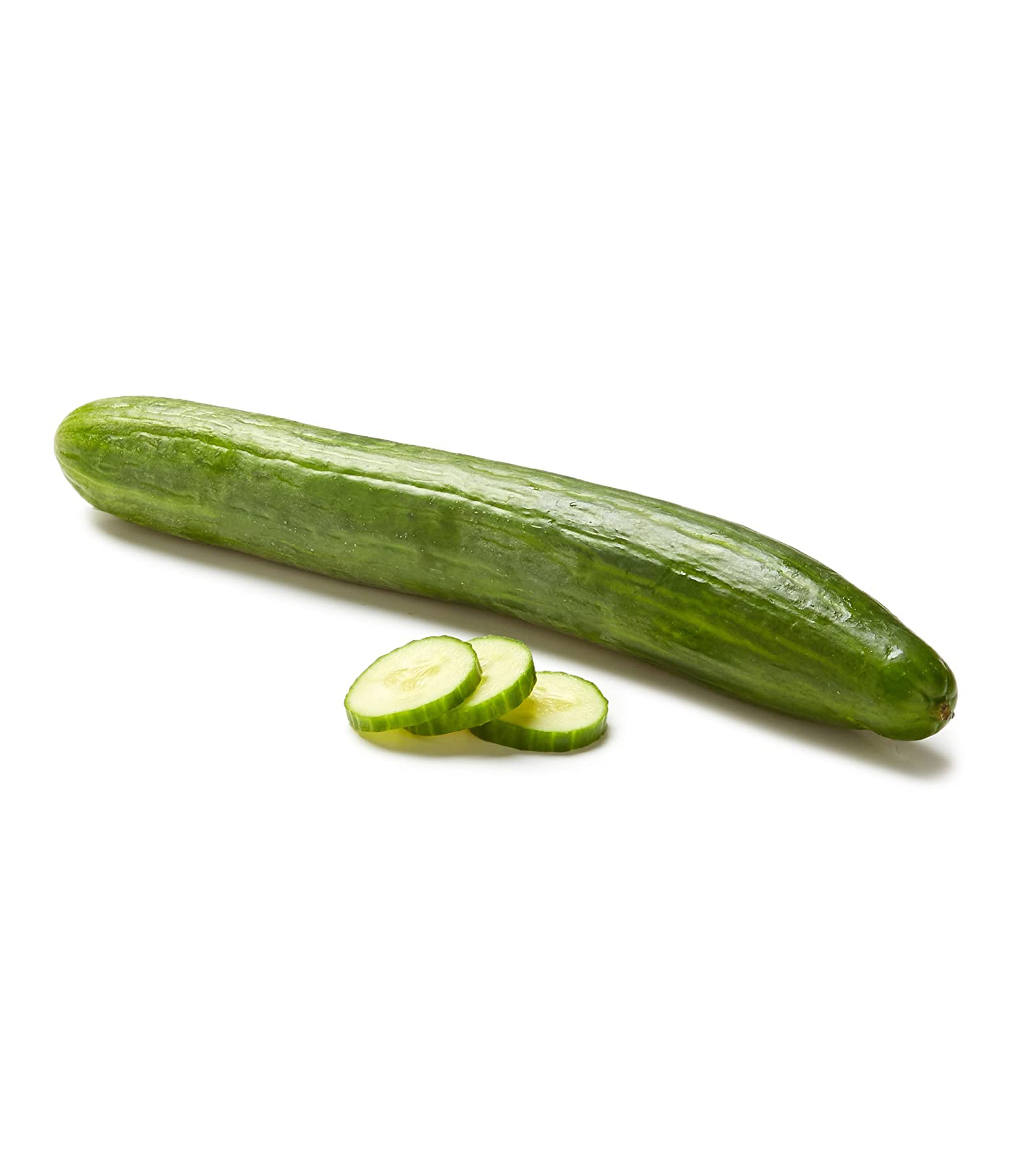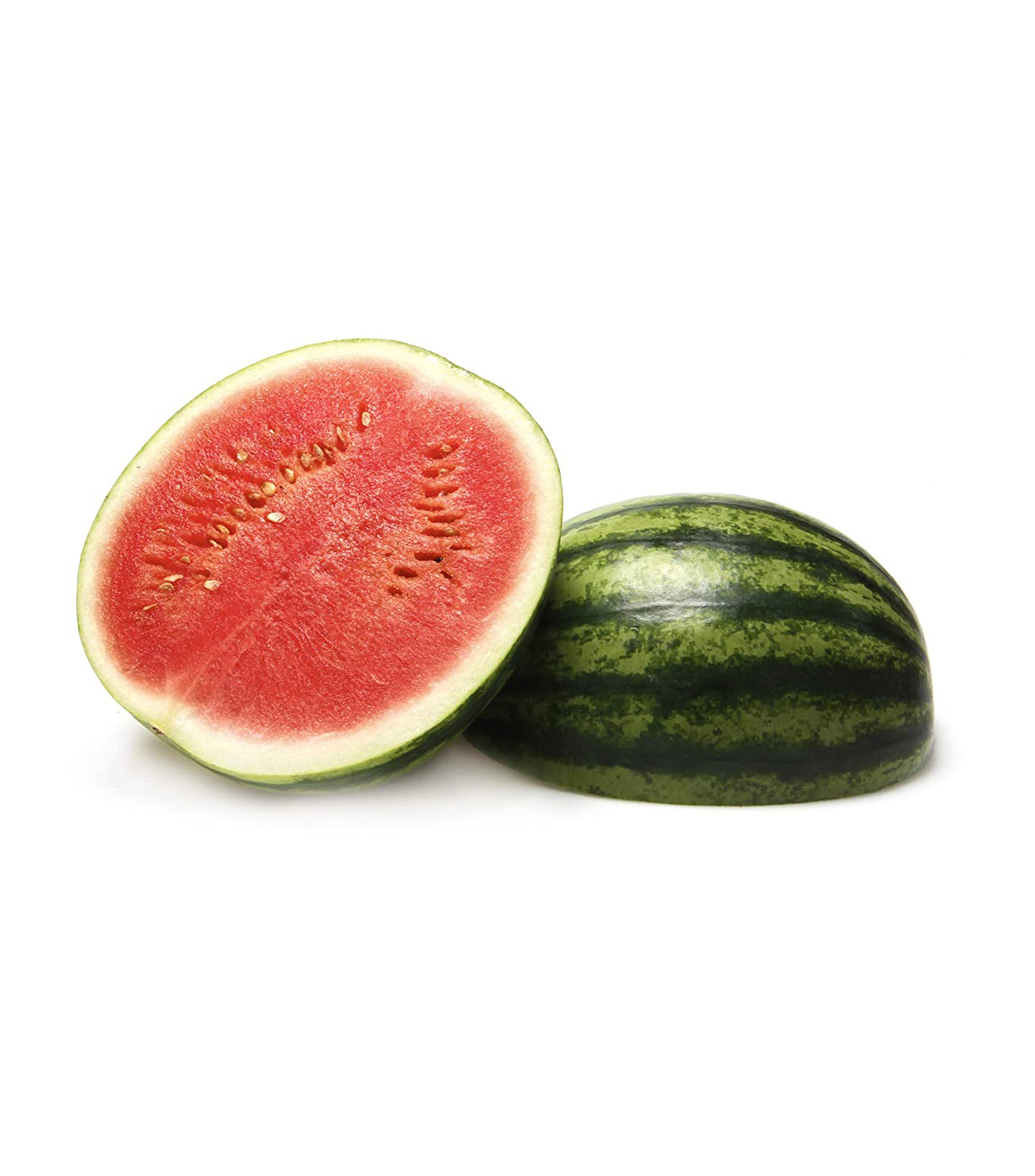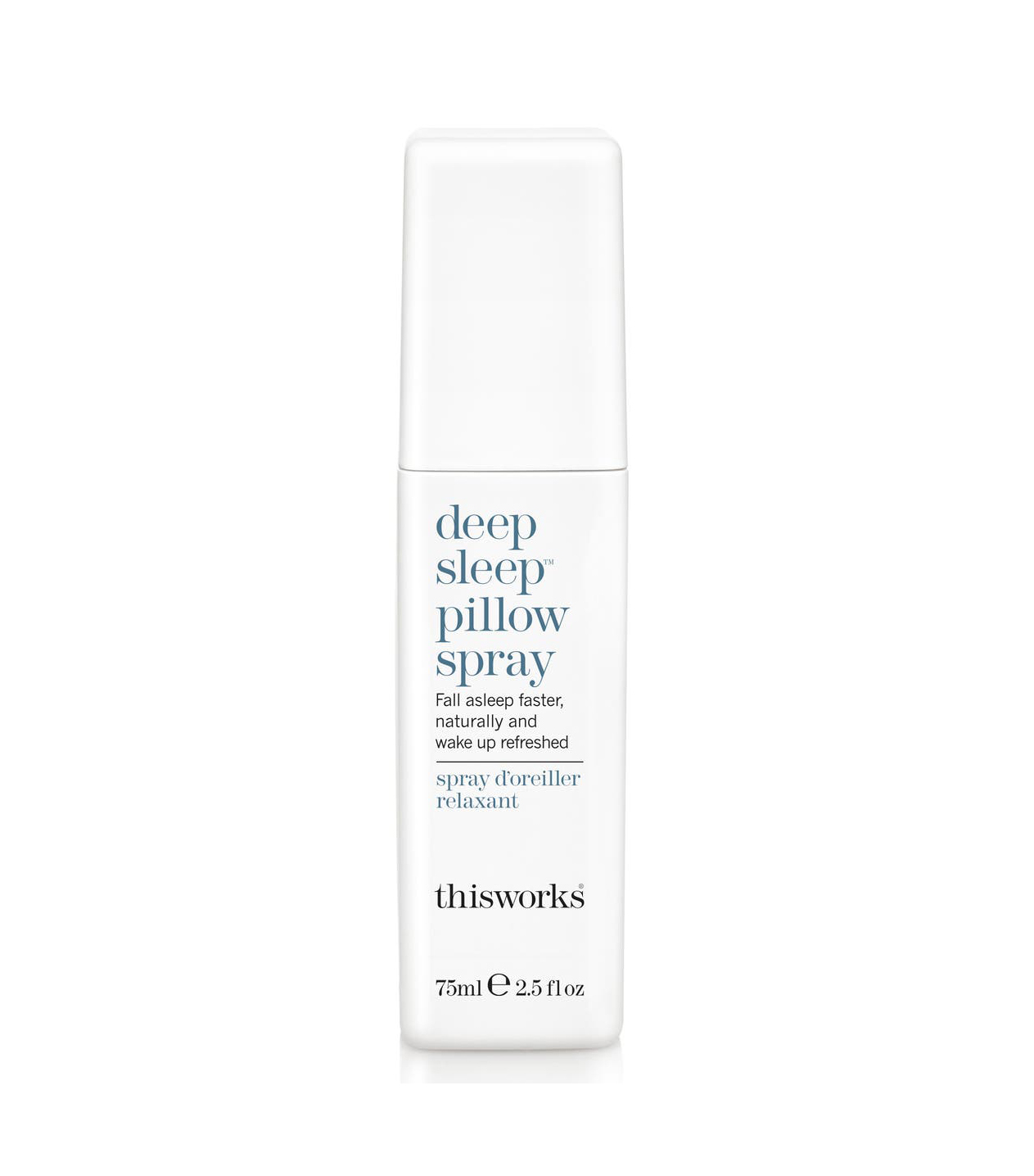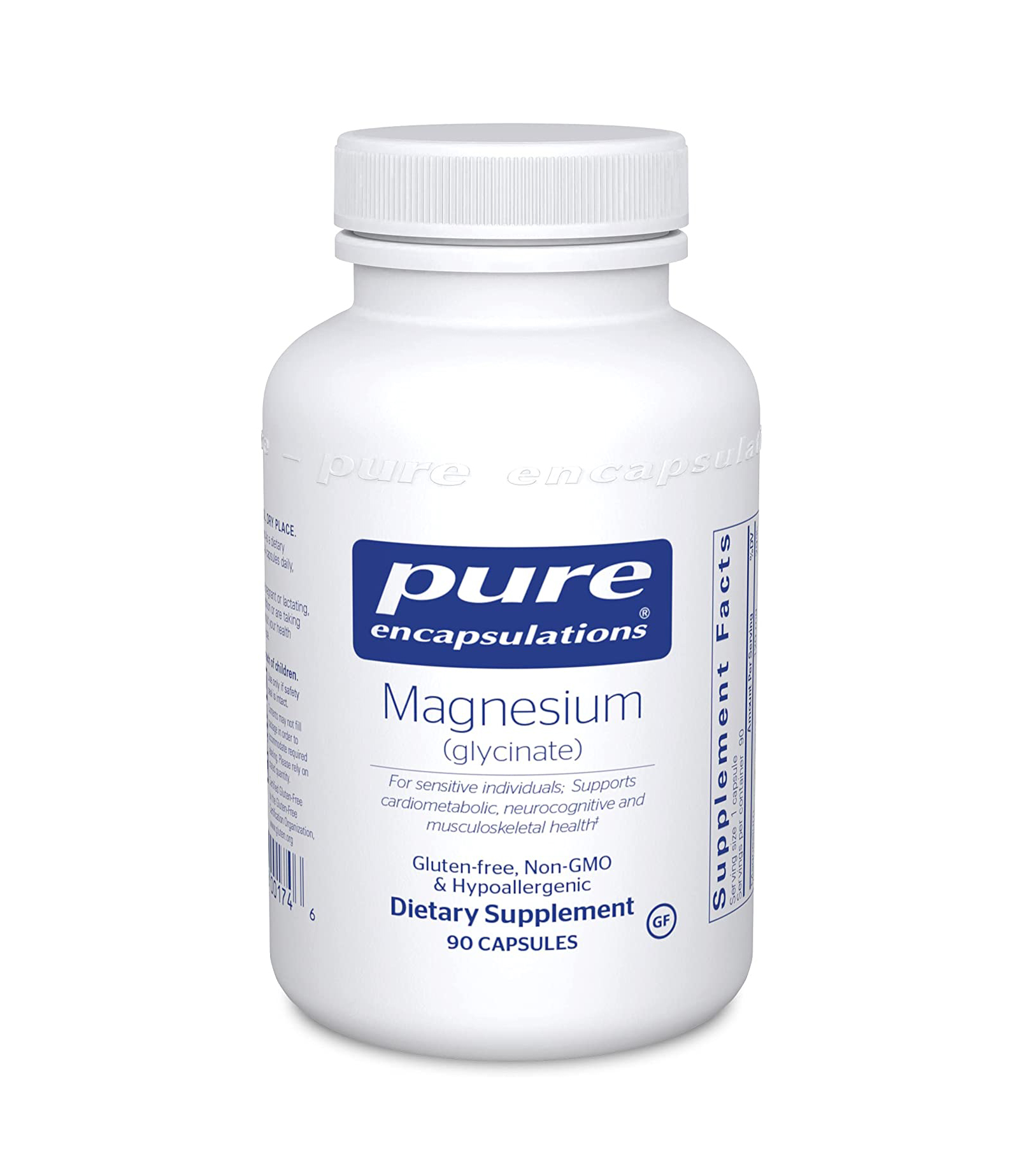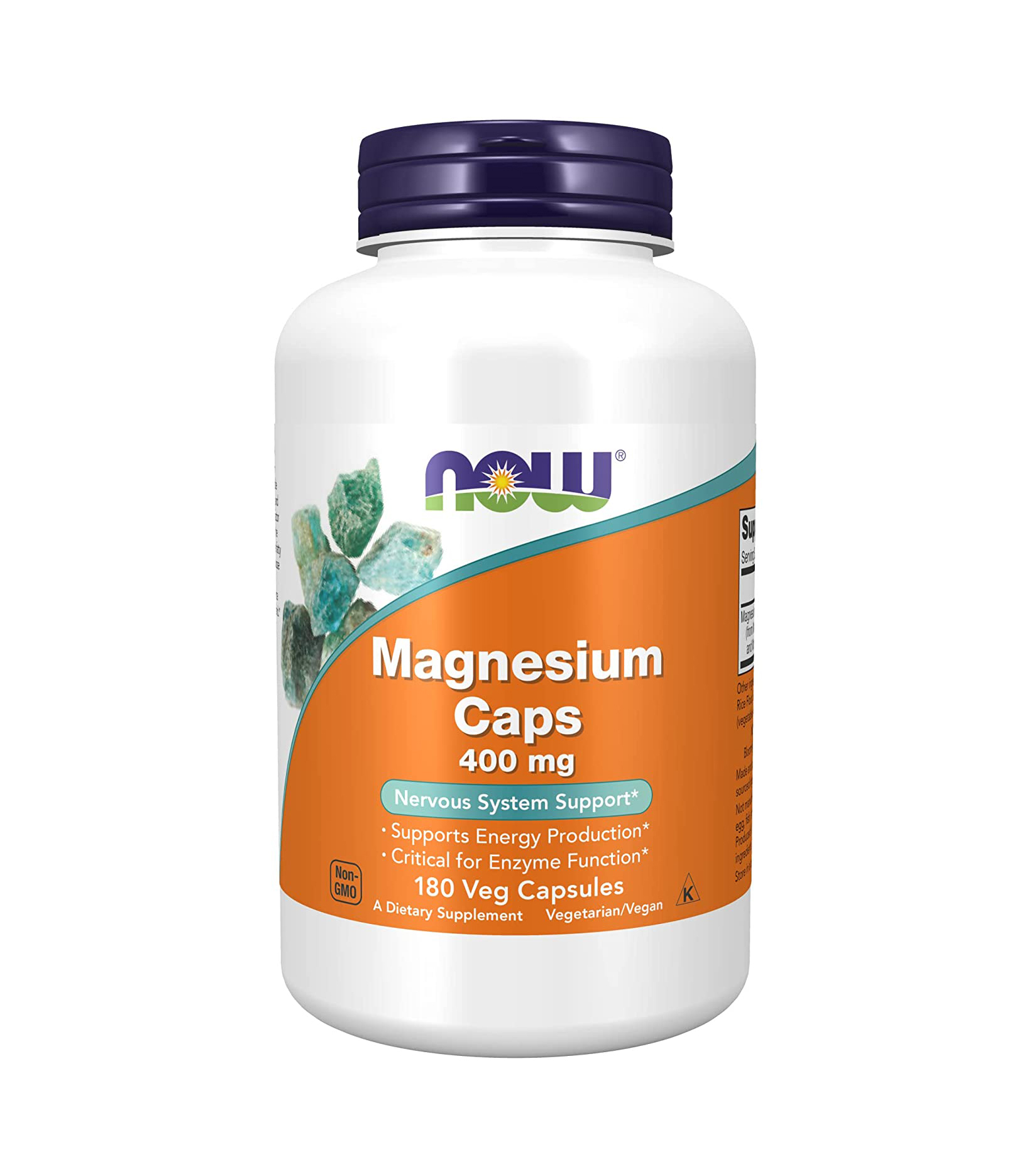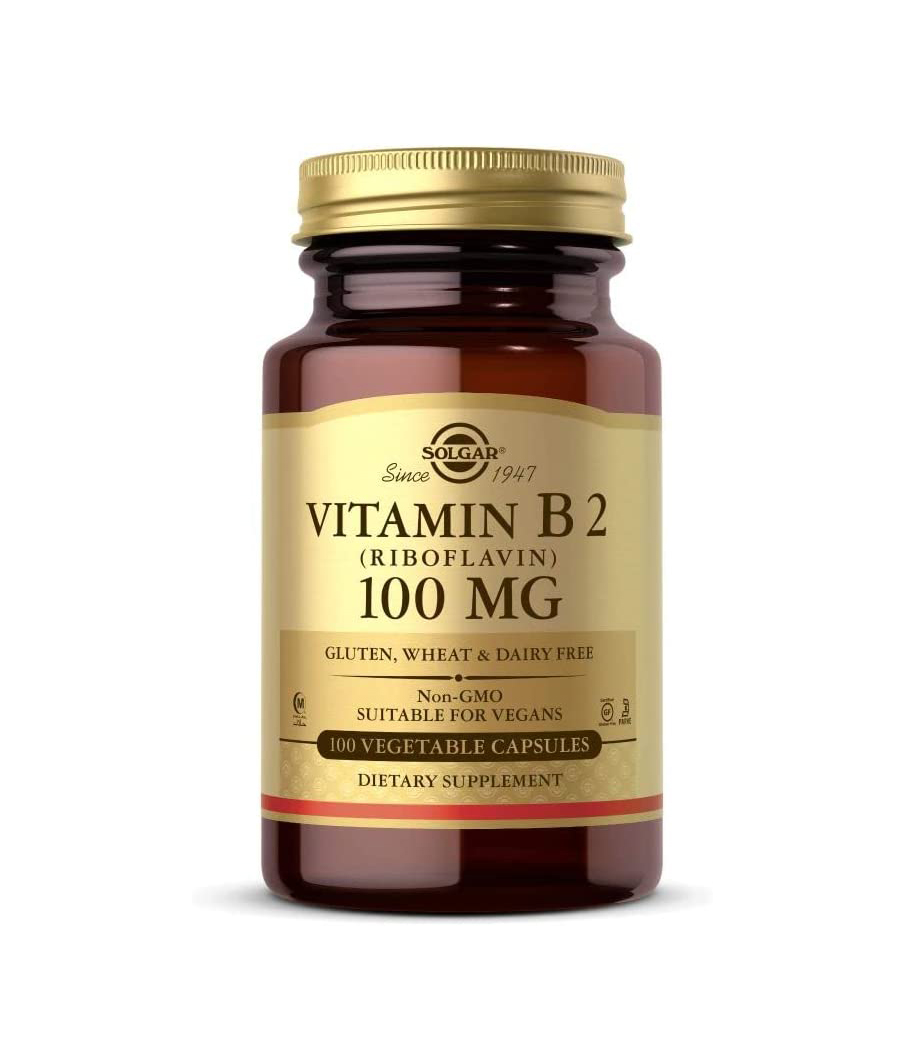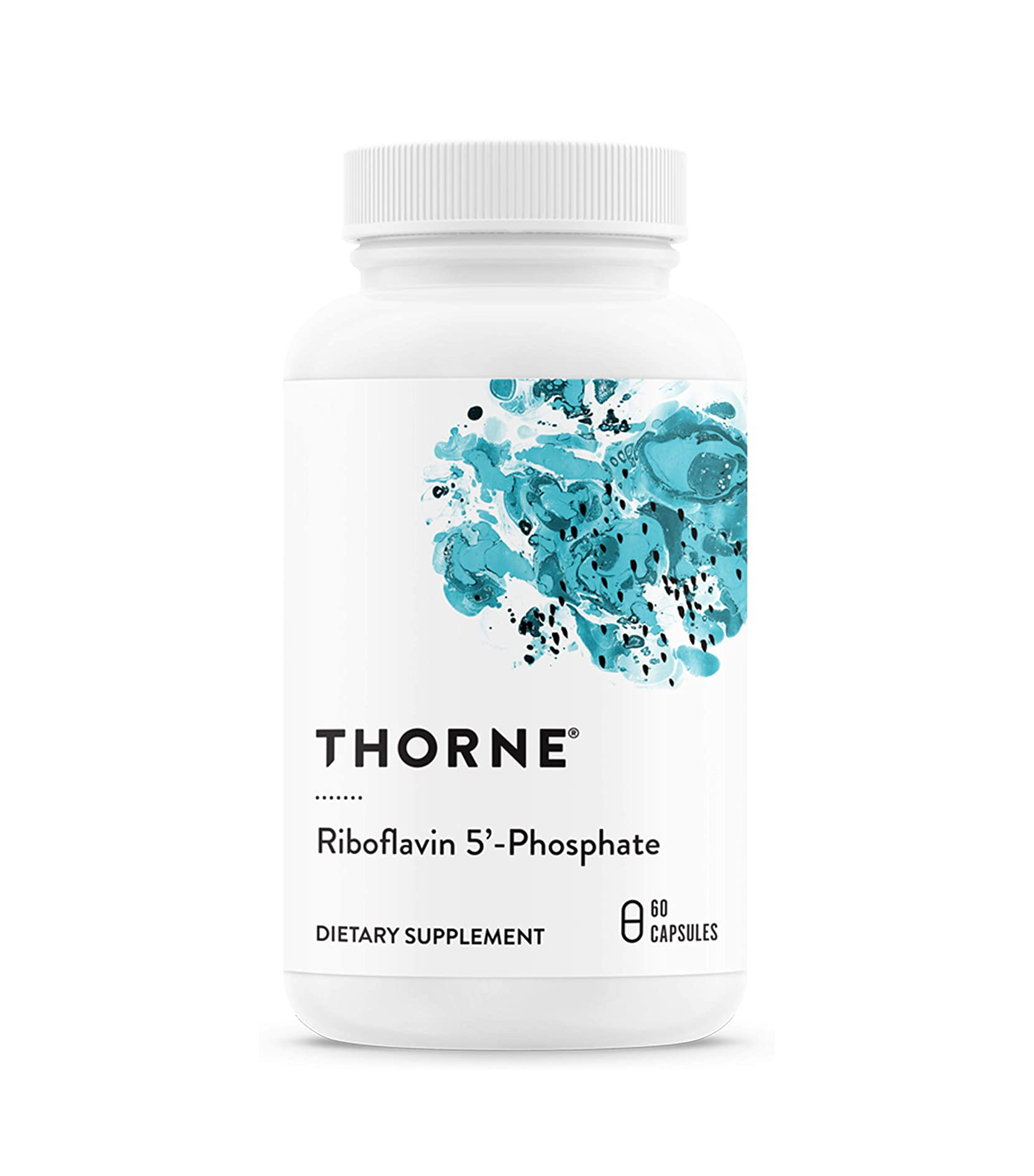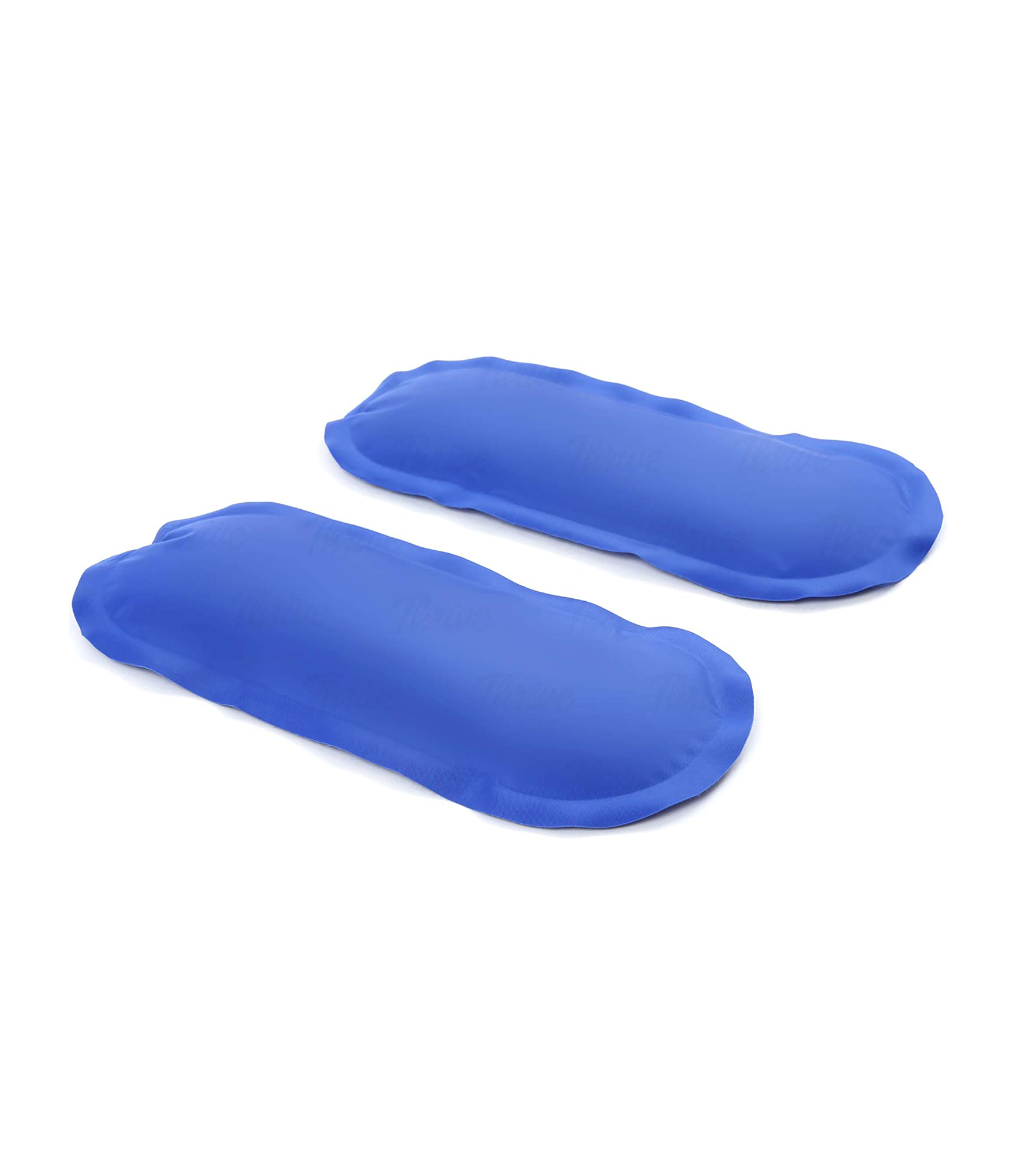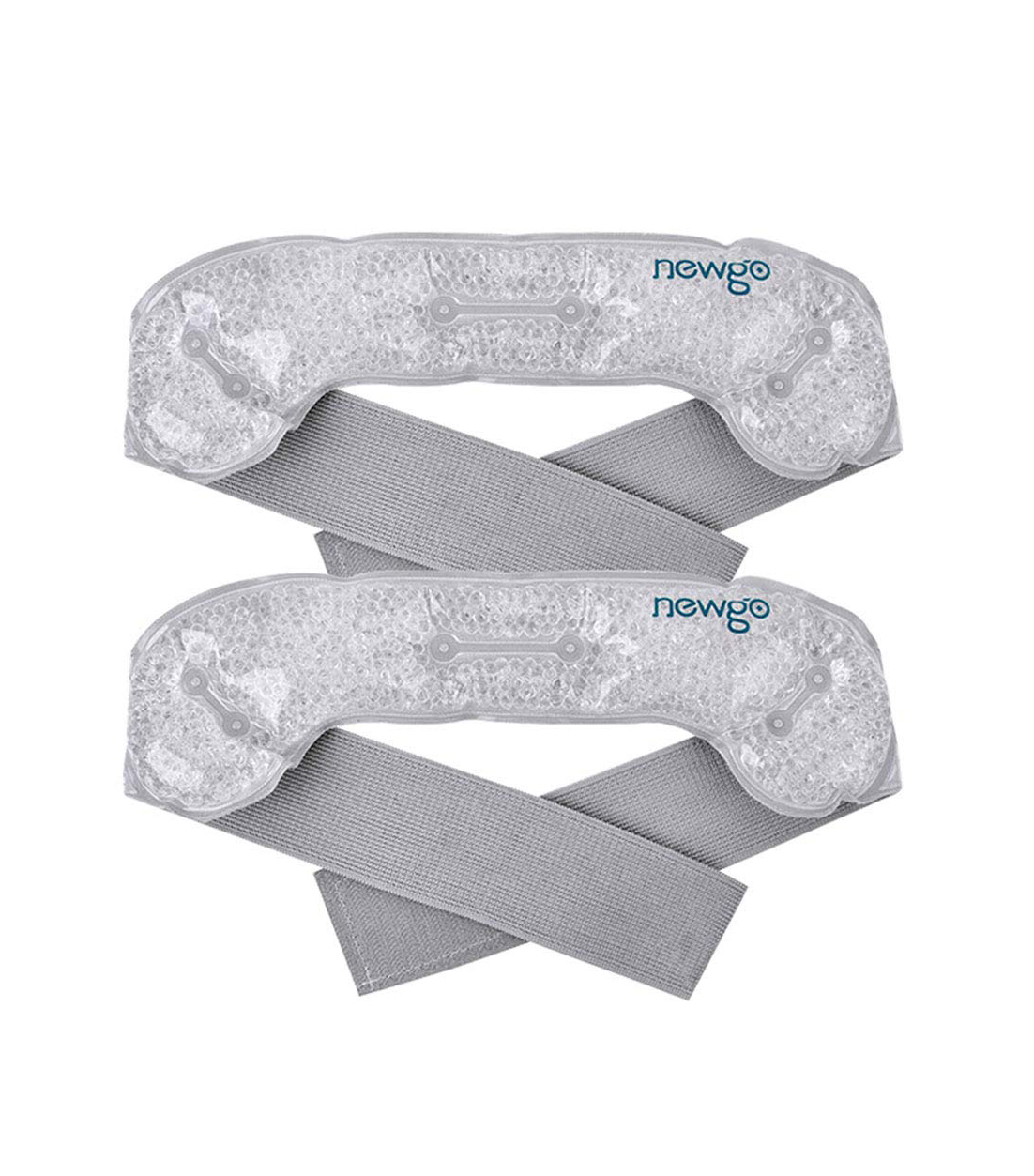5 Ways You Can Get Rid of Caffeine Headaches—And Keep Them From Coming Back

If you consume caffeine on the regular, you might experience a headache when you don't get your daily fix. And it seems like the only way you can deal with the headache is by chugging a cup of coffee. But have you ever wondered why this happens on than the fact that you might be a little too dependent on caffeine? And how can you get rid of a caffeine headache?
"Caffeine narrows our blood vessels and therefore reduces blood flow to our tissues, including our brain," explains Tamar Samuels, MS, RDN, NBC-HWC, a registered dietitian, a national board certified health and wellness coach, and co-founder of Culina Health. "When we decrease our caffeine intake after a period of regular caffeine consumption, our blood vessels dilate or expand, which is a common trigger for headaches.
Additionally, regular caffeine consumption increases the number of receptors in our brain that decrease pain known as adenosine receptors. Therefore, when we decrease caffeine consumption, we can experience more headaches as a result of fewer adenosine receptors in our brain."

The headaches can be especially tough to deal with if you're trying to cut back on caffeine. You want to limit your daily intake, but if the painful headaches are so annoying and painful, you might give in and drink a cup. And the bad news is if you are used to higher intakes of caffeine and cut back quickly, you might experience more severe symptoms of caffeine withdrawal (like headaches). "Studies have found that it may only take three days to develop caffeine dependency, but withdrawal symptoms tend to get worse after seven to 14 days of drinking caffeine," Samuels says. "Caffeine headaches have been found to last as long as nine days, but are typically worse around 20 to 50 hours after discontinuing caffeine completely."
Samuels recommends reducing caffeine gradually to prevent headaches. She suggests cutting back your intake by about 25% each week, so if you normally have two cups of coffee per day (or 14 cups per week), try decreasing your intake to 1/2 cup per day for one week, and then one cup per day the following week. Caffeinated tea can also help with cutting back. Samuels says you can try something like drinking one cup of coffee and one cup of green tea if you normally have two cups of coffee daily. And if tea isn't your thing, try doing half decaf and half regular coffee.
And Samuels has a note for people who have migraines and take medications for that: "Some migraine medications contain caffeine, which may help reduce migraine pain severity because of the aforementioned mechanisms (increase adenosine receptors and vasoconstriction)," she explains. "However, too much caffeine can also trigger migraines, so if you are a migraine sufferer, I recommended limiting your caffeine intake to 200 mg/day and keeping your consumption consistent most days to avoid withdrawal headaches."
So what else can you do to deal with a caffeine headache? Samuels shared some things that can help below.
1. Stay Hydrated
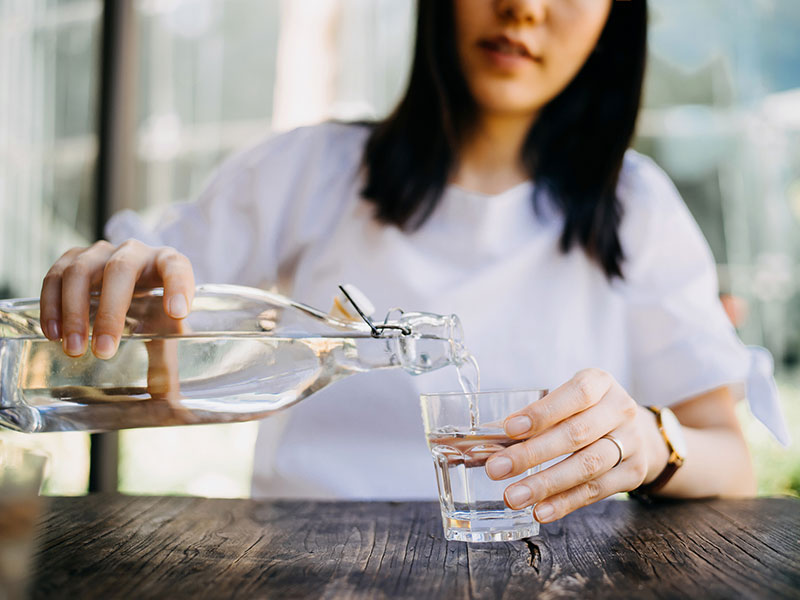
Make sure you're getting enough fluids. "Dehydration is a big trigger for headaches because it actually causes the brain to decrease in size, which triggers pain receptors," Samuels says. "I recommend having at least 64 ounces of water per day and eating hydrating food like cucumbers, tomato, and watermelon to prevent dehydration. Fluid needs vary depending on physical activity level, body size, medical conditions, pregnancy, lactation, and a number of other factors. Speak with a registered dietitian to determine the right about of fluid intake for you."
2. Get Enough Sleep
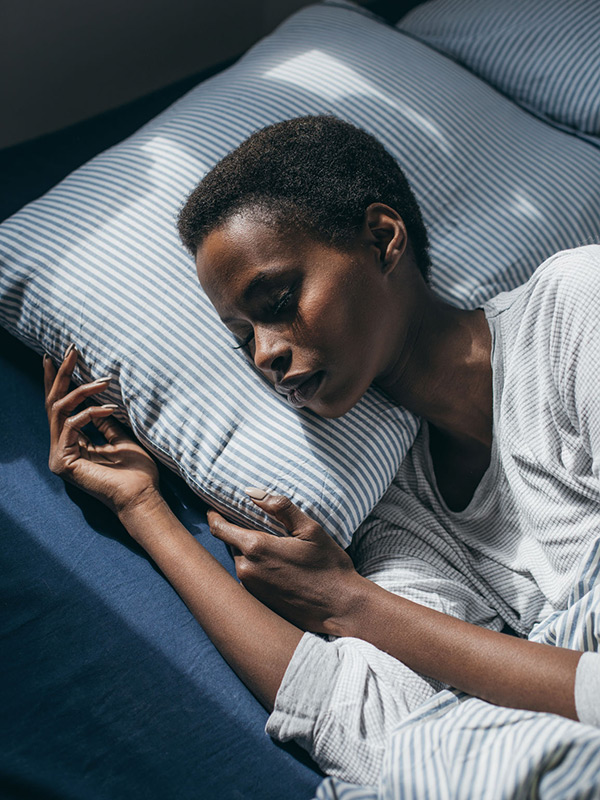
Samuels says that getting adequate amounts of restorative sleep has been found to reduce headache pain. "I recommend experimenting with a relaxing nighttime routine that doesn't involve technology to implement at least 30 minutes before your planned bedtime," she adds.
3. Try a Magnesium Supplement
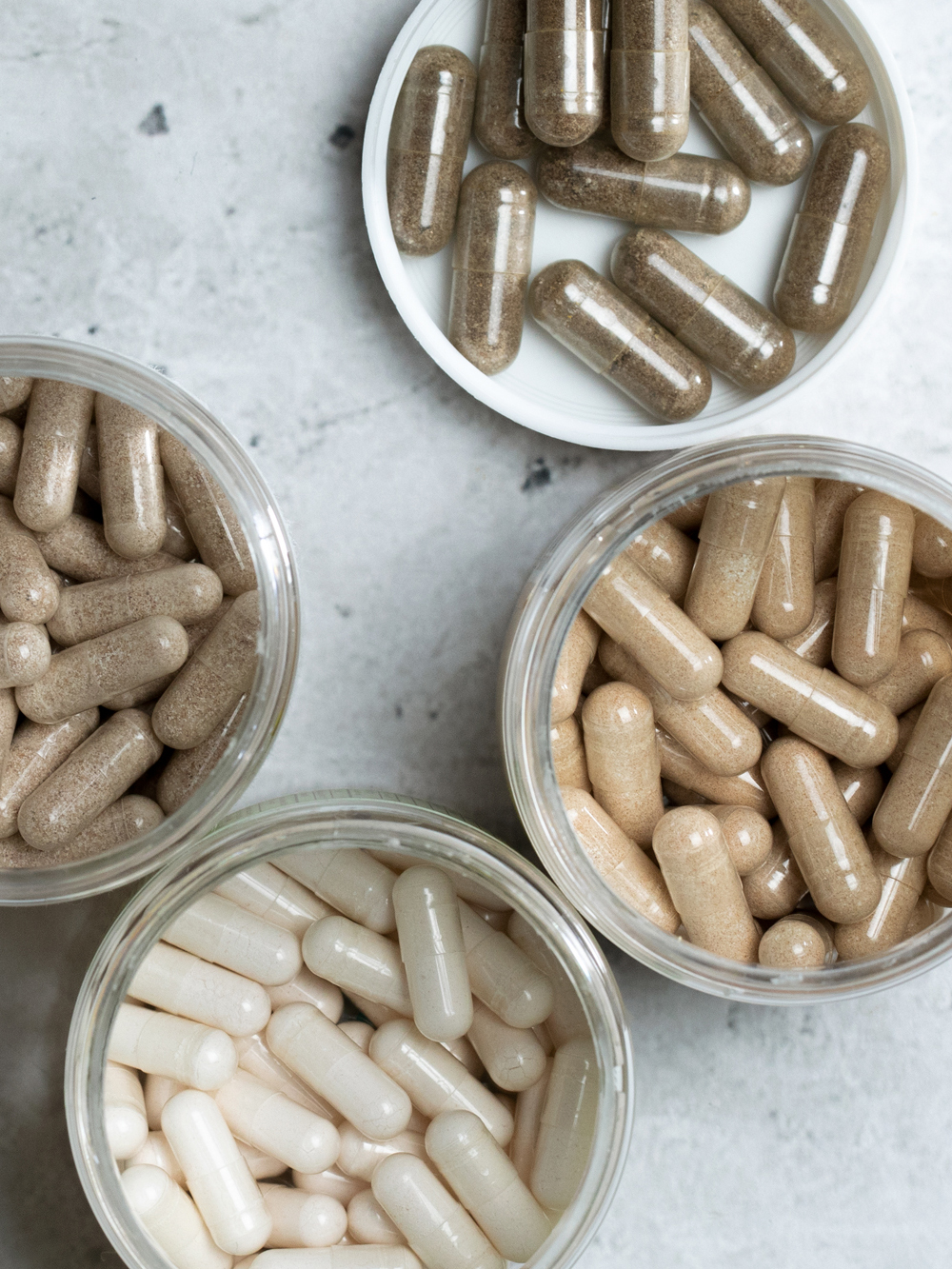
Some studies have found magnesium supplements can help reduce headache pain and occurrence, Samuels explains. If you do decide to try out a supplement, be sure to chat with your doctor, a registered dietitian, or another healthcare provider who can help you figure out the right product and dosage.
4. Consider Riboflavin
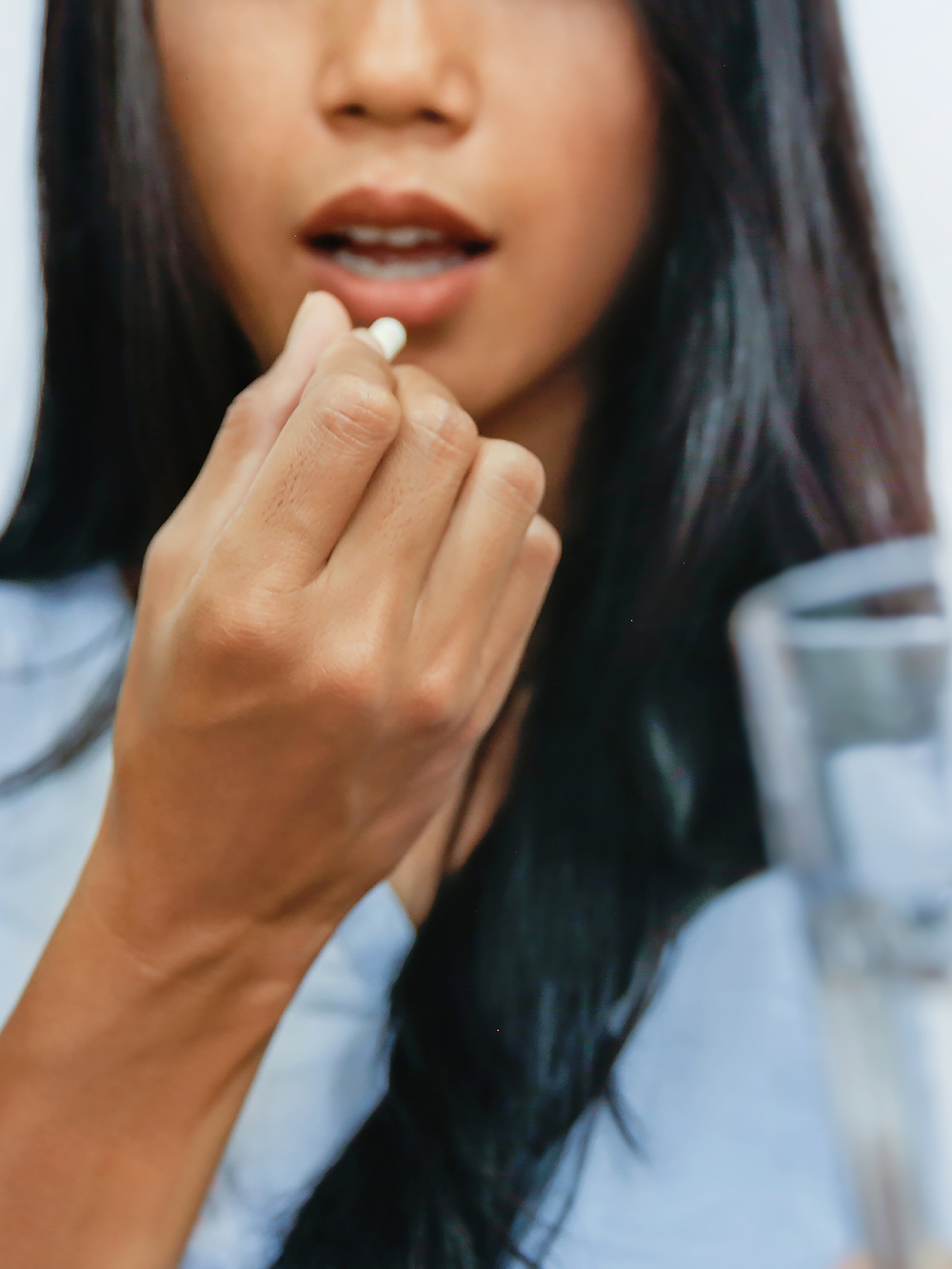
You can also try a riboflavin supplement. "Riboflavin (aka B2) has also been found to decrease headache occurrence and pain severity," Samuels says.
5. Grab an Ice Pack

"Icing the head and neck area helps construct blood vessels which may help reduce pain associated with blood vessel dilation," Samuels says.
Next: 12 Ways to Boost Your Energy Levels That Don't Involve a Cup of Coffee
This article is provided for informational purposes only and is not intended to be used in the place of advice of your physician or other medical professionals. You should always consult with your doctor or healthcare provider first with any health-related questions.
Sarah is lifestyle writer and editor with over 10 years of experience covering health and wellness, interior design, food, beauty, and tech. Born and raised in Los Angeles, she attended New York University and lived in New York for 12 years before returning to L.A. in 2019. In addition to her work atBest Knockoff Luxury Clothing , she held editor roles at Apartment Therapy, Real Simple, House Beautiful, Elle Decor, and The Bump (sister site of The Knot). She has a passion for health and wellness, but she especially loves writing about mental health. Her self-care routine consists of five things: a good workout, “me” time on the regular, an intriguing book/podcast/playlist to unwind after a long day, naps, and decorating her home.

